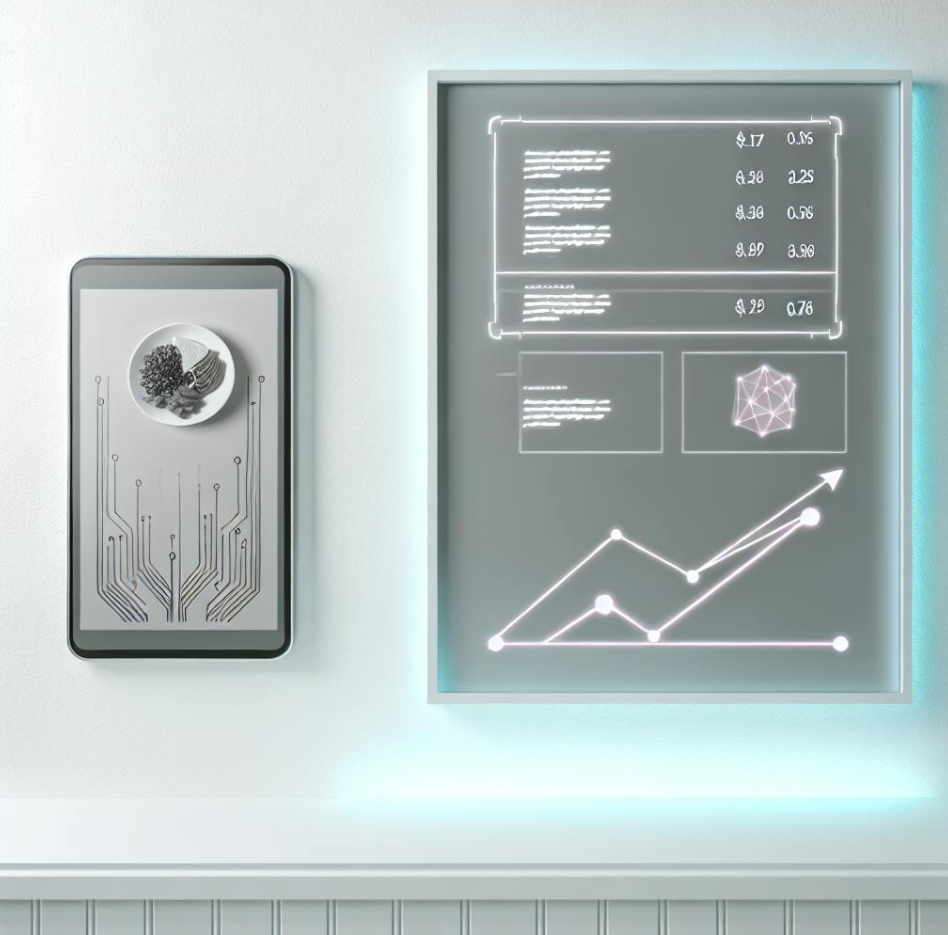
You’ve seen it happen with airline tickets and hotel rooms—prices fluctuate based on demand, time, and availability. That same model is now entering the restaurant space through AI-powered dynamic pricing. Often compared to “surge pricing,” this strategy adjusts menu prices in real time using data like weather, customer traffic, day of the week, and even competitor pricing.
So, can restaurants benefit from this strategy—or will it push customers away?
According to Chef Shajahan M Abdul, founder of Restro Consultants Pvt Ltd (RCPL), “Dynamic pricing, when powered by AI and used ethically, can maximise revenue without compromising customer trust. It’s not just about charging more—it’s about charging smart.”
What Is AI-Powered Dynamic Pricing in Restaurants?
Dynamic pricing uses artificial intelligence and predictive analytics to adjust prices automatically. This could mean:
How Restaurants Can Implement AI-Powered Pricing
While this concept may sound complex, implementation can be smooth with the right tools and guidance. Here’s a step-by-step framework from RCPL:
1. Choose the Right Tech Platform
Partner with software vendors that offer AI pricing tools tailored for restaurants. Look for features like:
2. Set Boundaries & Transparency Rules
Dynamic pricing doesn’t mean erratic pricing. Set minimum and maximum thresholds so that price swings stay within acceptable ranges, protecting customer trust.
Chef Shajahan M Abdul advises, “You must always stay transparent. Use phrases like ‘dynamic menu pricing based on time and availability’ in menus and apps.”
3. Train Staff to Handle Pricing Conversations
Guests may ask why the butter chicken costs an extra ₹30 on Saturday night. Equip your team with clear, customer-friendly responses focusing on freshness, availability, and demand.
Chef Abdul says, “Frontline staff are brand ambassadors. Train them to explain, not just execute.”
4. Test on a Small Scale First
Start with a single item, like a weekend-exclusive dessert or seasonal dish. Track customer reactions, sales lift, and feedback before rolling it across the menu.
RCPL encourages A/B testing by offering two pricing strategies simultaneously across different outlets or days.
Challenges & How to Overcome Them
If poorly executed, surge pricing can feel unfair. Avoid this by:
 POS System Incompatibility
POS System Incompatibility Staff Confusion
Staff ConfusionChef Shajahan M Abdul adds, “Consistency in execution builds consistency in customer trust.”
Success Stories from RCPL Clients
Ethical Considerations: Profit vs. Trust
Dynamic pricing works best when it feels fair and value-driven. Avoid hiking prices excessively or changing them too frequently. Focus on data-backed optimisation, not exploitation.
Chef Abdul believes that “Technology should serve both the guest and the business. If it benefits only one, it will eventually fail.”
Final Thoughts from Chef Shajahan M Abdul
AI-powered dynamic pricing isn’t about greed but innovation, agility, and customer awareness. When implemented thoughtfully, it enhances your restaurant’s revenue, protects your margins, and keeps your menu competitive in real time.
As Chef Shajahan M Abdul puts it:
“Every hour has a different value. AI helps you recognise it—and monetise it.”
With expert planning and ethical execution from restaurant consultants at Restro Consultants Pvt Ltd (RCPL), dynamic pricing can become your restaurant’s secret weapon for profitability in a data-driven dining world.
Chef Abdul © Copyright 2024. All rights reserved.